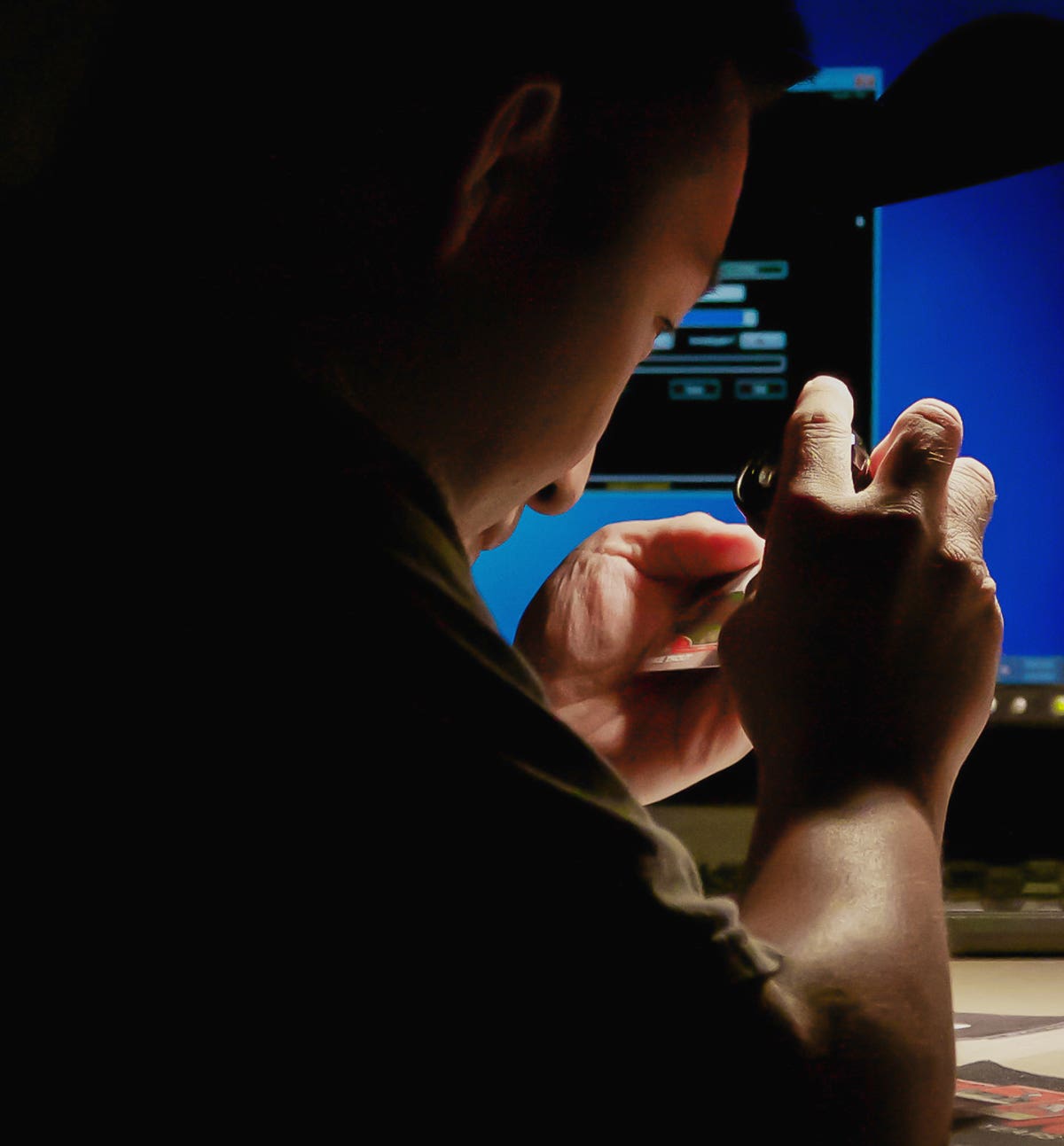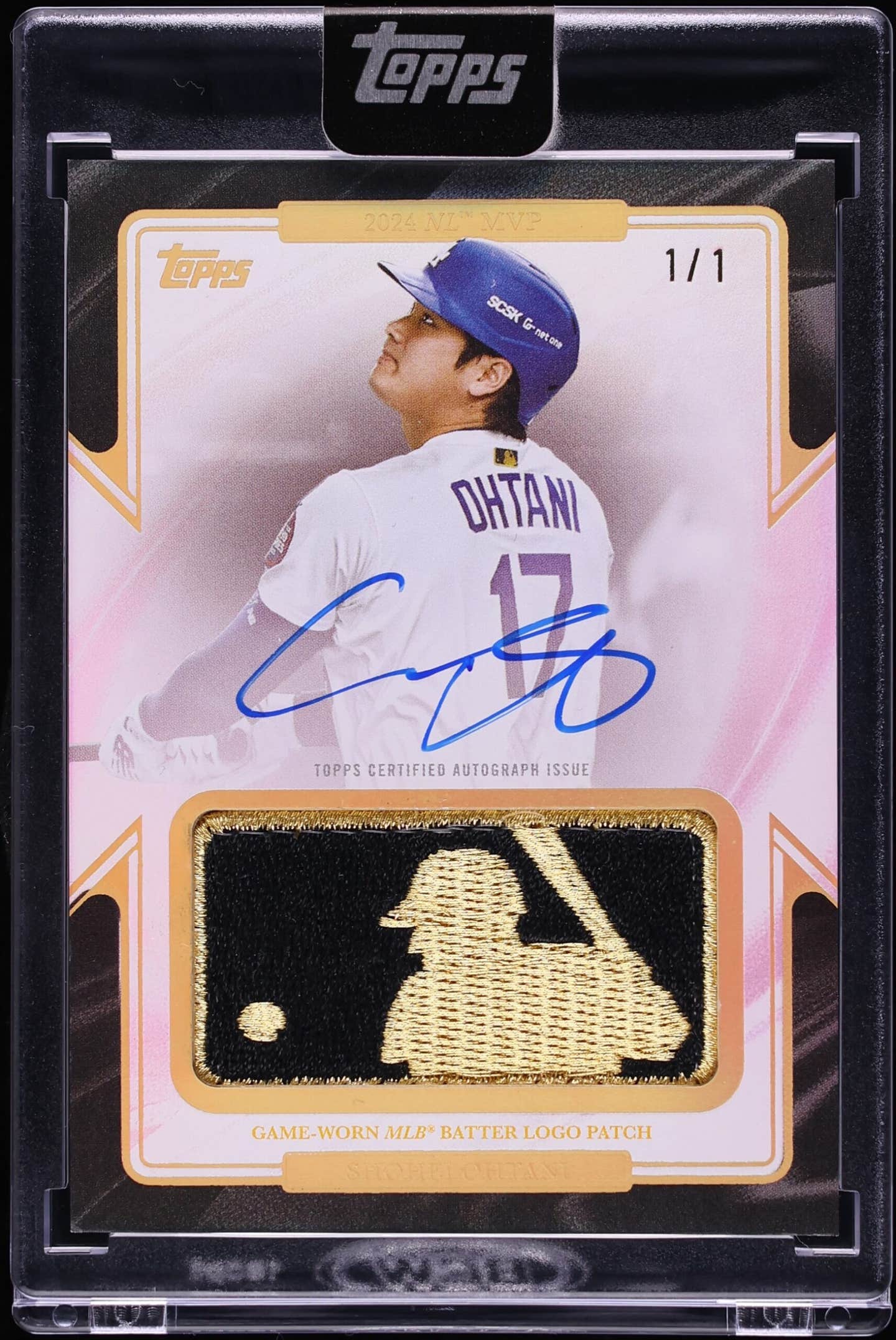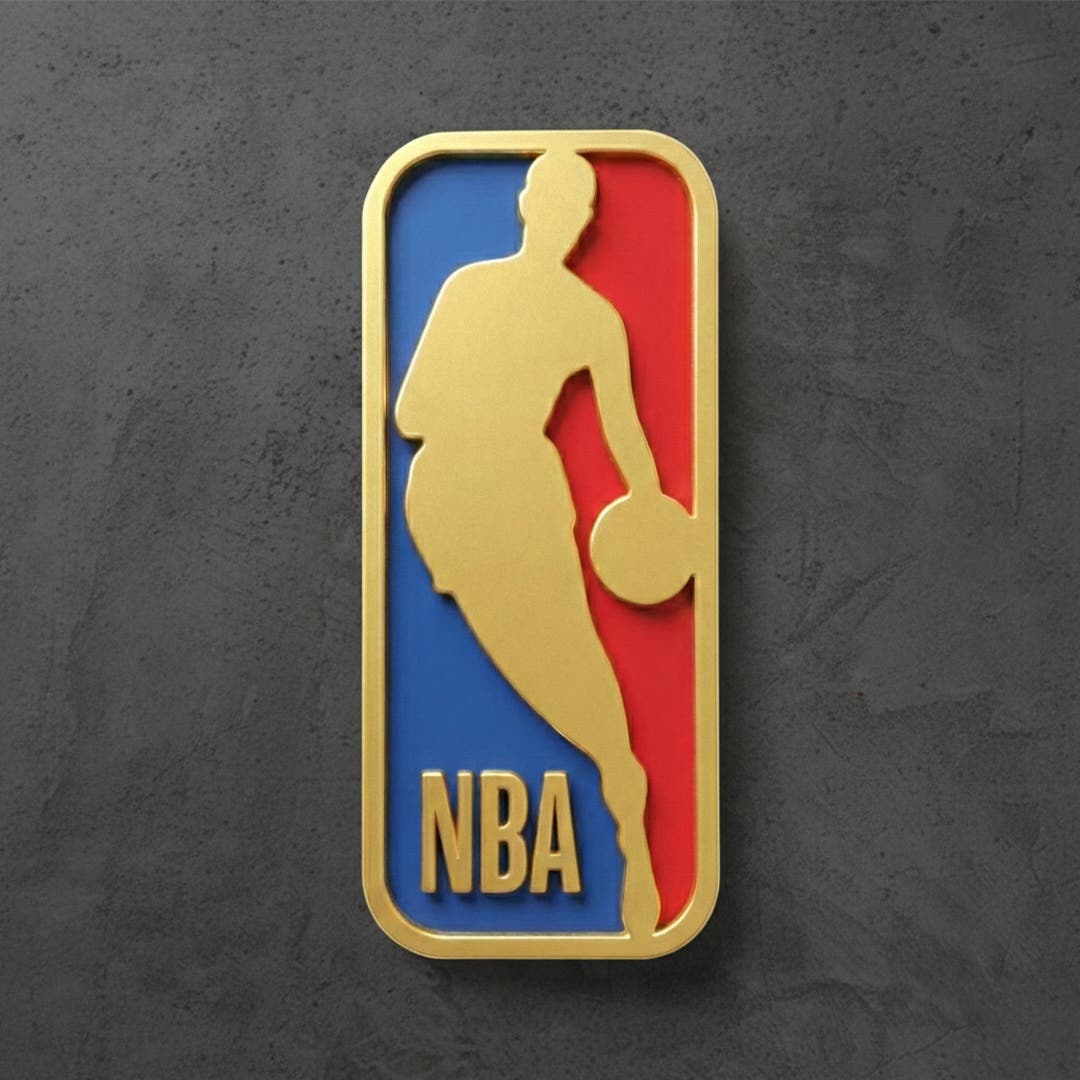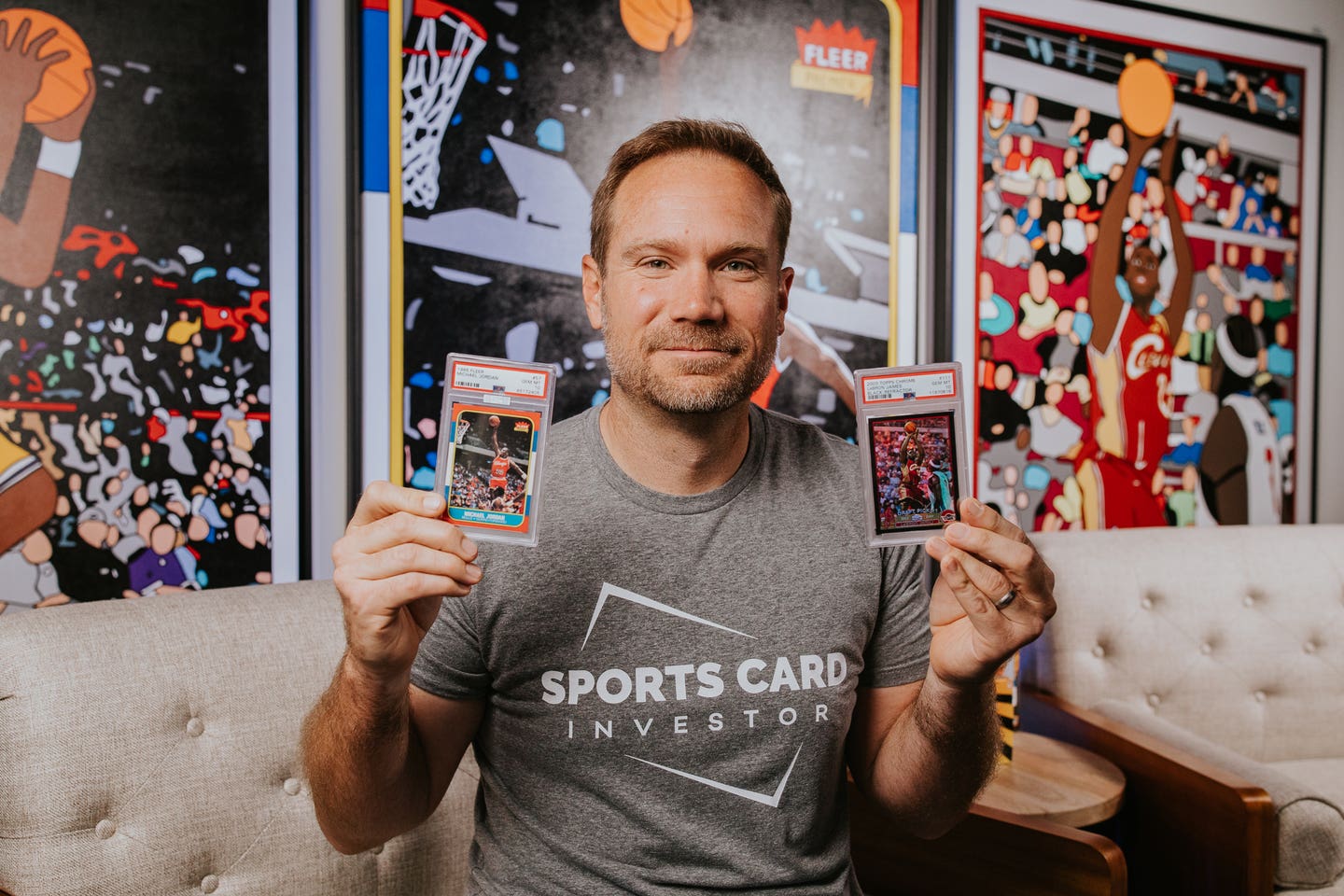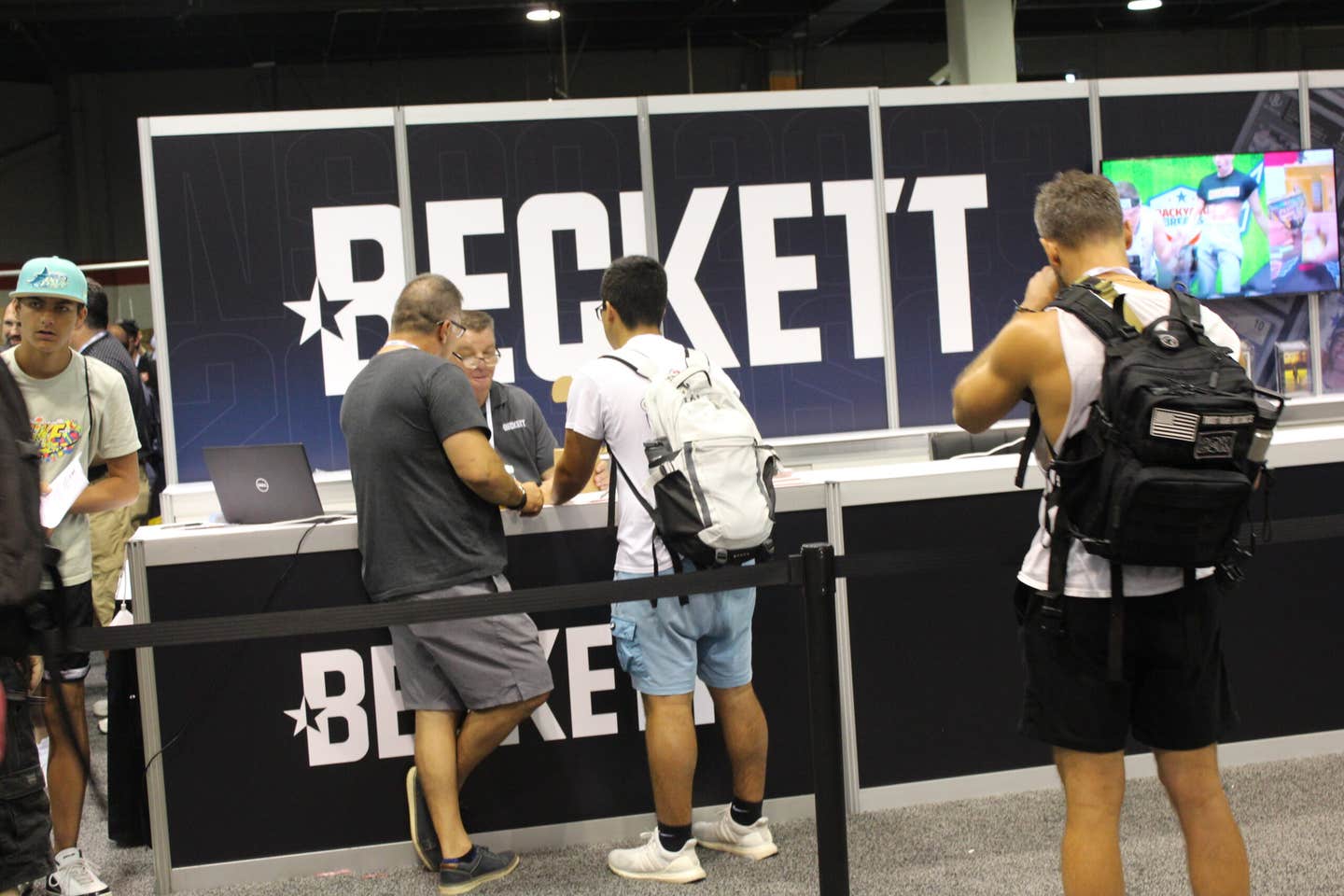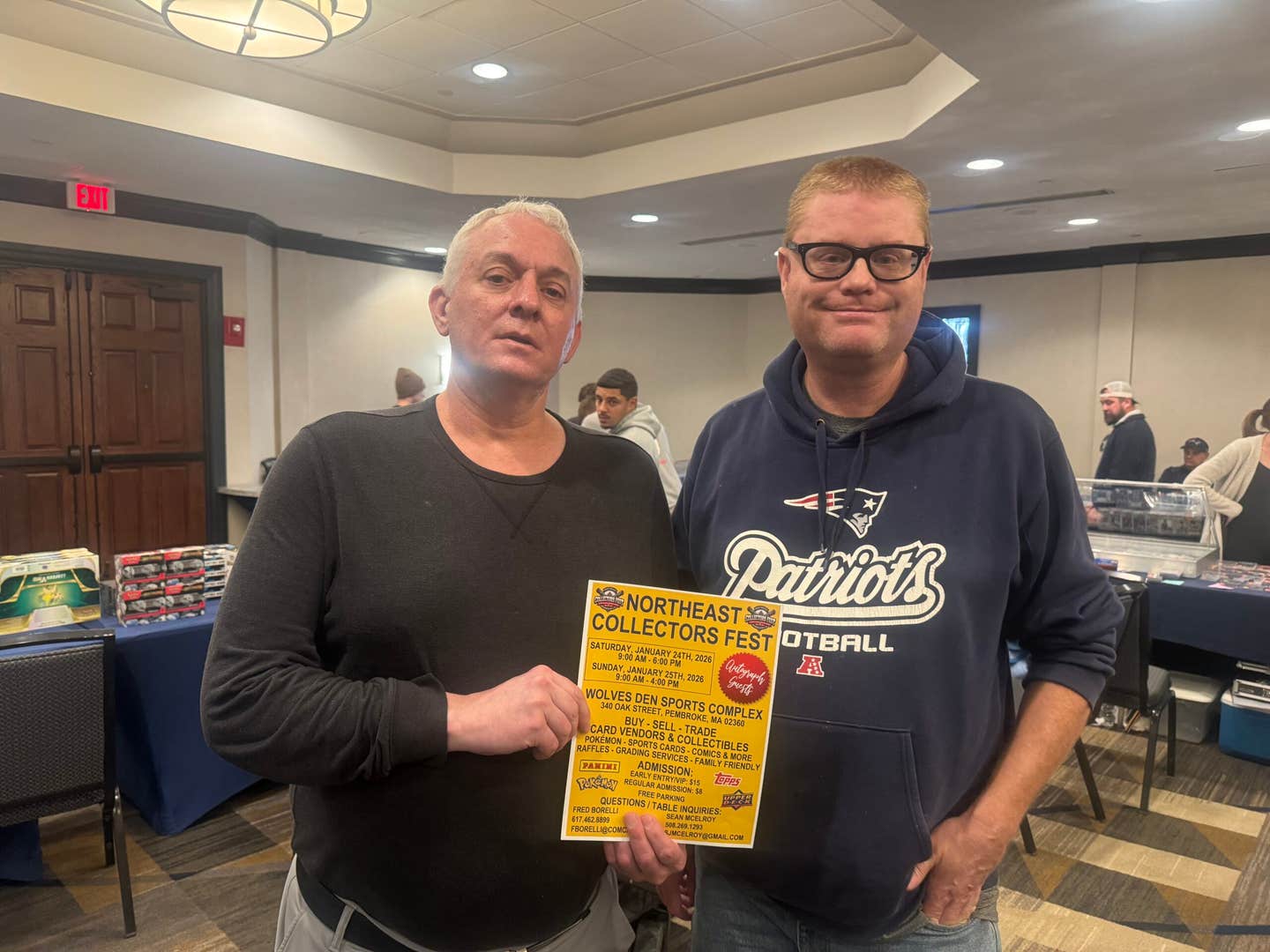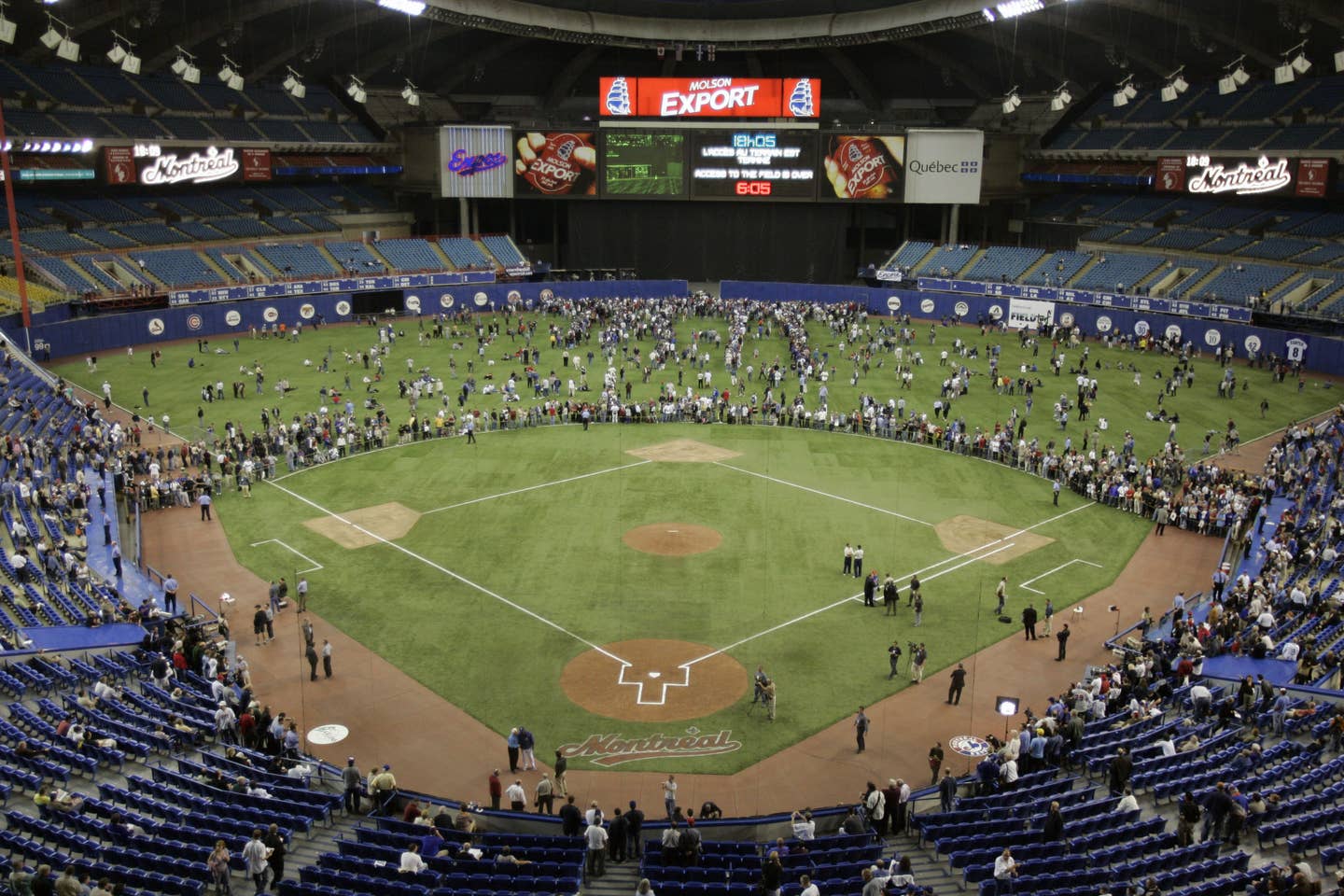
News
Remembering the Montreal Expos and chasing autographs at Olympic Stadium
Multipurpose stadiums get a bad rap. And often for good reason. Whether it’s Philadelphia’s Veterans Stadium or Pittsburgh’s Three Rivers Stadium or Minneapolis’ HHH Metrodome, the self-appointed guardians of each of the major professional sports have cultivated a thoroughly negative public memory of these venues.
The purists present these places as cookie cutter and inhuman in scale. Built on the cheap. Fans too far from the players. Equally ill-suited to all athletic pursuits.
These complaints are certainly true in almost every instance (though I would argue in the age of municipal stadium financing that expecting taxpayers to support one facility rather than two outweighs any aesthetic arguments against multipurpose venues).
One place where it wasn’t true, at least not entirely, was at Montreal’s Olympic Stadium.
Sure, the structure looked like some kind of low-rent Death Star in a straight-to-video “Star Wars” knockoff. “The Big O” didn’t offer a picture-postcard “When it Was a Game” view of baseball or football, its two primary uses. Construction costs had overrun by roughly a billion dollars Canadian and the building never seemed quite finished. Chunks of the roof came loose from time to time. The stadium’s cement corridors had all the charm of a North Korean prison.
Nevertheless, Olympic Stadium offered fans an intimacy with the players that I have not experienced at another ballpark. This was a product of both the design of the playing field and the efforts of the Expos to create a fan-friendly ballpark experience.
Growing up in Northern Vermont, a trip to Montreal was roughly a 90-minute journey each way, depending on the border. My family crossed the border several times each summer in the early- to mid-’90s to see the Expos. We were resolutely a Red Sox family and went to Fenway on a number of occasions but getting to “The Big O” was cheaper, easier and usually more fun.
We’d arrive at Olympic Stadium hours before the game. My father would head to the ticket office and buy seats down either the first or third base lines for the cost of two bleacher seats at Fenway. As soon as we worked our way through the stadium’s narrow corridors, my brother and I would venture down to the bullpens. The “Big O’s” dangerous bullpens, which sat entirely exposed to the on-field action down the lines, were a honey hole for autograph seekers.
For several hours before each game, hundreds of fans crowded around the baseline bullpens. They held aloft balls and cards and whatever the team was giving away that day, shouting in English and French at the players who milled in the area. Whether we were near the home or visitor’s bullpen, the autographs were abundant. One time, I saw a guy get a slew of Los Angeles Dodgers autographs on an Expos logo-shaped Jell-O mold they were giving away that afternoon.
Lee Smith, Ken Hill, Vince Coleman, Frank Tanana, Mel Stottlemyre, Joe Carter, Tim Wallach, Youppi — I got all the big names to sign for me near the bullpens.
My biggest thrill came on Oct. 3, 1993 when my favorite Expo, Dennis Martinez, signed my ball on what turned out to be his last day in a Montreal uniform.
My brother had a specialty all his own — he had a knack for convincing big leaguers to give him baseballs. One time when Montreal was playing the Mets, Expos lefty Chris Nabholz walked past about 50 other kids and handed him a ball. Nabholz announced to the crowd that he gave my brother the ball because he was polite (he called him “Mr. Nabholz”) and was the only kid wearing an Expos hat. The rest of the assembly consisted of 7-year-old smart alecks in Mets caps who had made family trips from New York on a holiday weekend. (Many were there for hours yelling “give me a ball.” One particularly assertive kid implored Delino Deshields to “get your ass over here.”)
During the games, when players took turns standing watch for screaming line-drives near the bullpen, fans continued to collect signatures and National League baseballs from bored pitchers who sat against the short wall that separated the field from the stands.
I recall a game against the Marlins in the summer of ’93 when I watched enviously from 10 rows back as Charlie Hough was signing autographs in his bullpen chair. I was about to ask my mom if I could go down and try to get the old knuckleballer’s autograph when a bullet came off Gary Sheffield’s bat. Luckily for Hough and the rotten kids who were horning in on my action, the ball sailed over their heads. Unfortunately for the woman walking down the aisle with four Molsons, four Lafleur hotdogs and four Styrofoam cups of poutine, the ball struck her in the forehead. After medical personnel had checked her out and taken her away for treatment, I walked down to see if Hough was still signing (he wasn’t) and what her order at the concession stand had been. Thankfully, the woman wound up being fine. The next night, Randy Tieman, CTV Montreal’s late, great sportscaster, noted that the woman had been discharged from a nearby hospital after a night of observation.
On Sundays, the Expos hosted autograph days. This wasn’t some 25th man on the roster-type gimmick either. For two hours before Sunday matinees, two players signed and shook hands outside the team’s gift shop. Inevitably, one of the two players signing was a marquee name. I got autographs from Hall of Famers Gary Carter and Larry Walker this way as well as a host of other prominent Expos of the era.
As a young man preoccupied with collecting autographs, the games often seemed a bit anti-climactic at Olympic Stadium, the second act to the close-quarters hunt that proceeded the on-field action.
Nevertheless, those Saturdays and Sundays at Olympic Stadium with the Montreal Expos and my family are my fondest memories of attending a professional sporting event.
— Clayton Trutor holds a PhD in U.S. History from Boston College and teaches at Norwich University in Northfield, Vermont. He is the author of a forthcoming book on the history of professional sports in Atlanta. He’d love to hear from you on Twitter: @ClaytonTrutor
You Also Might Like: Fraud, forgeries still on the rise



